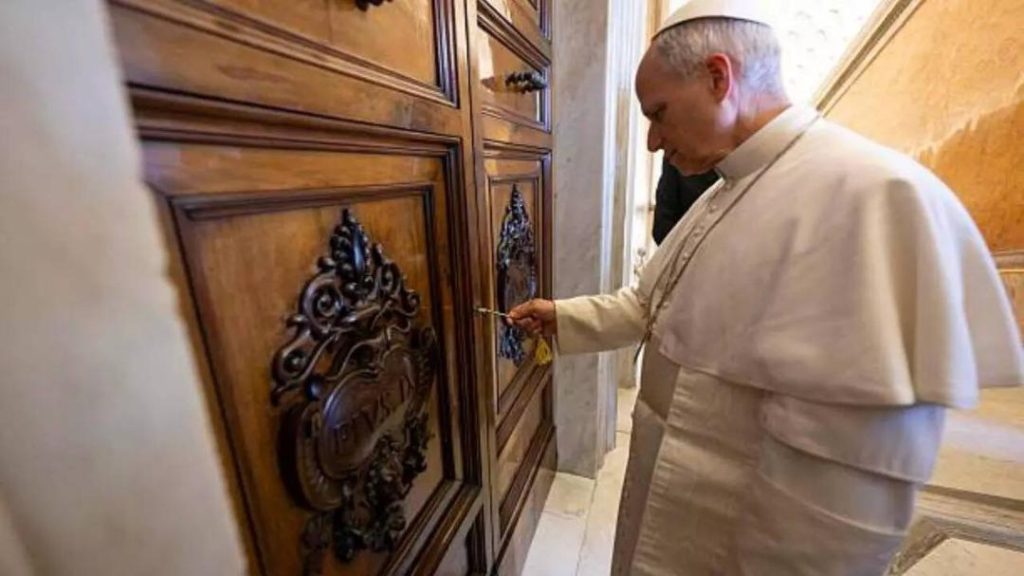
Pope Leo XIV moves into papal apartment, marks return to tradition
After 12 years of Pope Francis’ more humble and communal living arrangements at Casa Santa Marta, Pope Leo XIV is set to return to the traditional papal apartment within the Apostolic Palace. This move marks a significant change in the style of papal living, but not necessarily a departure in values. The shift is a nod to the rich history and tradition of the papacy, and signals a new era for the Catholic Church.
The papal apartment within the Apostolic Palace has been the residence of popes for centuries. It is a symbol of the papacy’s grandeur and majesty, and is steeped in history and tradition. The apartment is located within the palace’s walls, and offers stunning views of St. Peter’s Square and the Vatican City.
Pope Francis, who was elected in 2013, opted for a more humble and austere lifestyle. He chose to live at Casa Santa Marta, a guesthouse within the Vatican City, instead of the traditional papal apartment. This decision was seen as a symbol of his commitment to simplicity and humility, and was widely praised by many in the Catholic Church.
However, with the election of Pope Leo XIV, the church is seeing a return to tradition. The new pope has chosen to move into the papal apartment, and has signaled a desire to restore some of the traditional trappings of the papacy.
This change is not necessarily a rejection of Pope Francis’ values, but rather a recognition that the papacy has a rich history and tradition that should be respected and honored. Pope Leo XIV has spoken about the importance of preserving the traditions of the church, and has emphasized the need for a balance between innovation and tradition.
The move into the papal apartment is seen as a symbol of Pope Leo XIV’s commitment to preserving the traditions of the church. It is a nod to the rich history and heritage of the papacy, and signals a desire to restore some of the traditional trappings of the papacy.
The papal apartment is a grand and opulent residence, with lavish furnishings and decorations. It is a symbol of the papacy’s power and influence, and is steeped in history and tradition.
The apartment is made up of several rooms, including a private chapel, a library, and a private garden. It is also home to a number of staff and servants, who are responsible for maintaining the apartment and attending to the needs of the pope.
The move into the papal apartment is seen as a significant change for Pope Leo XIV, and marks a new era for the Catholic Church. It is a recognition of the importance of preserving the traditions of the church, and a desire to restore some of the traditional trappings of the papacy.
In conclusion, the move of Pope Leo XIV into the papal apartment marks a return to tradition after 12 years of Pope Francis’ more humble and austere lifestyle. The shift is a nod to the rich history and heritage of the papacy, and signals a desire to restore some of the traditional trappings of the papacy. While Pope Leo XIV’s move may signal a change in style, it is not necessarily a departure in values.






